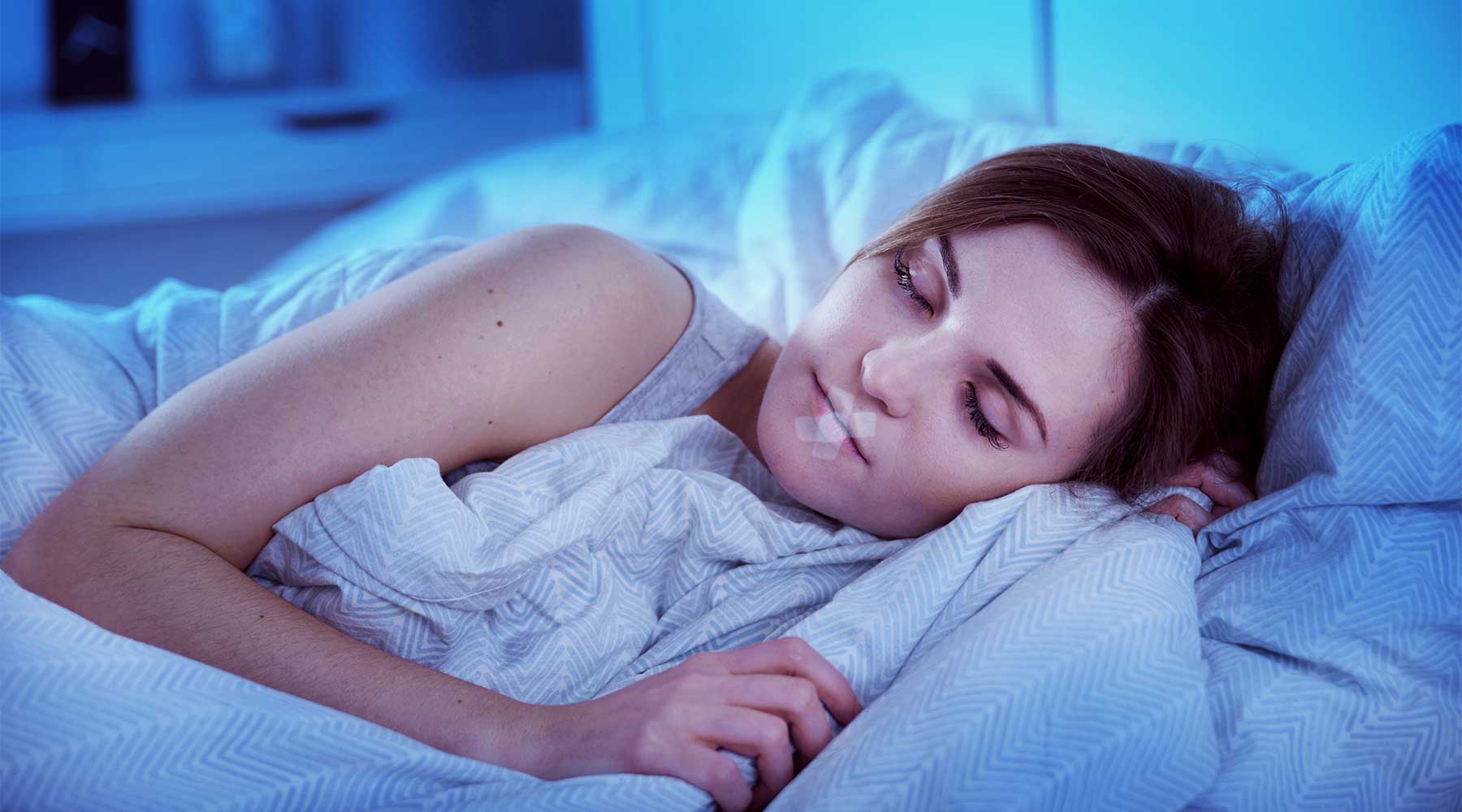
What happens in REM sleep?
REM sleep is one of the five stages of sleep we go through every night and is often referred to as dream sleep. Here we explain exactly what happens during REM sleep and why it's so important for our health and brain function.
Table of contents
- Sleep phases at a glance
- What happens during REM sleep?
- Why do we need REM sleep?
- How much REM sleep do we need?
- Disorders of REM sleep
- Conclusion
1. Sleep phases at a glance
Every night we go through several sleep cycles, which are divided into different Sleep phases The onset and light sleep phases are followed by deep sleep, which then transitions into the well-known REM sleep. REM stands for "rapid eye movement," because during this stage, the eyes move rapidly back and forth under closed eyelids.

In each sleep phase, various important bodily processes occur, all of which contribute to a restorative sleep overall. While deep sleep focuses primarily on energy balance and growth processes, REM sleep is fundamental for cognitive and emotional processing that takes place in the brain. It is also called dream sleep because dreams are experienced particularly intensely and recalled more frequently during this phase.
2. What exactly happens during REM sleep?
REM sleep is the final stage of the sleep cycle and immediately follows regenerative deep sleep. Blood flow and brain activity increase, blood pressure rises, and heart rate and breathing become more irregular. In the EEG Instead of the slow delta waves that dominate deep sleep, higher-frequency theta waves are measured. Scientific studies have also shown that the brain areas responsible for processing emotions (the limbic system) are even more active than during the waking state, while the brain regions responsible for planning, such as the prefrontal cortex, show less activity than during the waking state.
This contributes to Dreams are experienced particularly intensely during REM sleep. During this time, the body is in a state of so-called sleep paralysis, in which the brain stem blocks the transmission of commands to the muscles. The only movement that is supposed to occur is the characteristic horizontal eye movement. This mechanism protects the dreamer from acting out the dream events and injuring themselves or others with uncontrolled movements.
The likelihood of waking from REM sleep is generally greater than from deep sleep because it is the last stage of a sleep cycle and is associated with higher brain activity and alertness.
3. Why do we need REM sleep?
During REM sleep, many important processing and learning processes take place in the brain, and procedural memory, which forms the basis for subconscious skills such as automated movement sequences and motor learning, is formed. Furthermore, the emotions and experiences of the day are processed. REM sleep therefore plays a particularly important role in cognitive performance and mental and emotional health.
4. How much REM sleep do we need?
Newborns and toddlers require more REM sleep than adults for brain development and memory formation, and therefore spend almost half of their sleep in the REM phase, or about 8 hours a day. However, with age, the sleep structure changes, and the proportion of REM sleep decreases. In adulthood, we still spend about 2 hours per night in REM sleep.
We provide more information on the changes in sleep structure with age here.
5. Disorders of REM sleep

Too little REM sleep
Less REM sleep is associated with poorer physical and mental health and, according to research, can also worsen mortality. In addition, too little REM sleep appears to negatively impair learning processes and cognitive performance.
REM sleep behavior disorder (RBD)
In REM sleep behavior disorder, the Sleep paralysis Sleep is not fully realized or only partially realized, and muscle movements are no longer suppressed correctly during dreams. This leads to those affected acting out their dream experiences by moving around in bed, sitting up, kicking, or expressing themselves verbally, for example, by talking, screaming, laughing, or swearing.
According to studies, people with REM sleep behavior disorder have an 80% chance of suffering from a neurodegenerative disease such as Parkinson's or Alzheimer's within the next 15 years.
Narcolepsy
Narcolepsy is a neurological dysfunction of the brain areas that control sleep and wakefulness. It alters sleep-wake behavior and manifests itself, among other things, in extreme sleepiness or uncontrollable daytime sleep attacks, in which sufferers suddenly tire, even in unusual situations, and transition directly from wakefulness into REM sleep. We explain exactly what happens with narcolepsy. here.
Nightmare disorder
Due to the intense dream experience, Nightmares This is particularly common during REM sleep. When processing emotions, stressful, frightening, or distressing dream content can arise and lead to negative dream experiences.
6. Conclusion
-
REM sleep is one of five sleep stages that occur every night.
-
During REM sleep, intense dreaming as well as emotional and cognitive processing take place.
-
Healthy adults spend about 2 hours in REM sleep each night.
-
Too little or disturbed REM sleep can harm long-term health and performance and promote neurodegenerative diseases such as Alzheimer's or Parkinson's.
Best wishes and see you soon!



1 comment
Sehr informativ. Mir geht es um die Bedeutung REM Schlaf, ob gut oder nicht gut. Auf meiner Uhr sehe ich die Schlafzyklen und da war mir Rem unklar, bis jetzt
Dankeschön
Lisa
Leave a comment
This site is protected by hCaptcha and the hCaptcha Privacy Policy and Terms of Service apply.